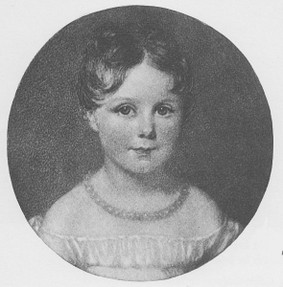 Born on December 10th, 1815, the Right Honorable Augusta Ada Byron was mostly famous for the scandal of her mother leaving her father.
Born on December 10th, 1815, the Right Honorable Augusta Ada Byron was mostly famous for the scandal of her mother leaving her father.
And, naturally, for the scandal of her father pretty much still breathing.
She had only been a month old, when Lady Byron had taken her to her grand-parents' home. She never saw her father again, though he did ask after her and ensured that her material needs were met.
No-one should assume at this point that Ada was close to her mother. Annabella called her 'it' and dumped her on her grandmother Judith Millbanke.
This was in addition to the procession of nannies, governesses and tutors. Annabella hired only the best logical minds available. This included Augustus De Morgan, the mathematician responsible for the eponymous De Morgan's Laws.
He was really impressed with his fledgling charge. Even while still a young girl, Ada was referred to by De Morgan as 'an original mathematical investigator, perhaps of first-rate eminence.'
Not only mathematics, but music too filled the young Ada's childhood. They were all staples of logic, but that isn't to say that her creative spirit was entirely crushed. In fact, it took a particularly vivid imagination to picture the future as the infant countess did.
When she was just thirteen years old, Ada Lovelace set her mind to devising a flying machine. She had it all mapped out, just awaiting the skill of an engineer to put it all together.
Apparently no-one gave it a go. After all, she was only a child, and a girl at that! Who could possibly conceive of such outlandish notions as an airplane actually working?
In fact few people seemed to do more than give lip service to her genius, until that chance encounter with Charles Babbage.







 Born on December 10th, 1815, the Right Honorable Augusta Ada Byron was mostly famous for the scandal of her mother leaving her father.
Born on December 10th, 1815, the Right Honorable Augusta Ada Byron was mostly famous for the scandal of her mother leaving her father. 


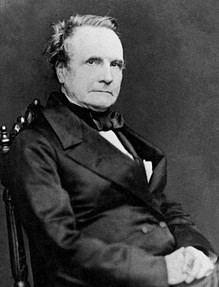 In 1812, three years before Ada was even born, Charles Babbage was studying mathematics at Trinity College, Cambridge University.
In 1812, three years before Ada was even born, Charles Babbage was studying mathematics at Trinity College, Cambridge University.
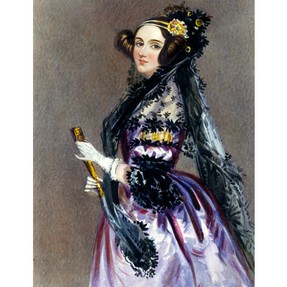 Lady Ada Byron was just seventeen, when she bumped into Charles Babbage at a high society party.
Lady Ada Byron was just seventeen, when she bumped into Charles Babbage at a high society party.

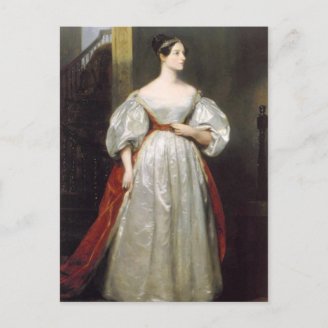

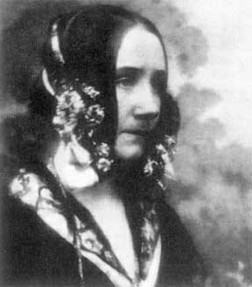 The correspondence between Charles Babbage and Ada Lovelace had been on-going all this time. It had also widened to take in more of his circle of friends.
The correspondence between Charles Babbage and Ada Lovelace had been on-going all this time. It had also widened to take in more of his circle of friends. 

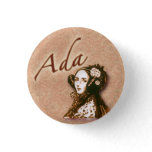



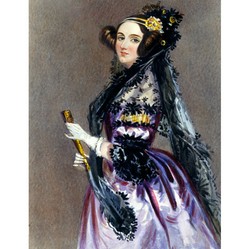

 St Tydecho's Churches in West Waleson 09/03/2014
St Tydecho's Churches in West Waleson 09/03/2014
 Goodies for an Outlander Premiere Partyon 03/06/2015
Goodies for an Outlander Premiere Partyon 03/06/2015
 Holocaust Memorial Day Interview with Rainer Höss, Grandson of Rudolf Architect of Auschwitzon 01/24/2015
Holocaust Memorial Day Interview with Rainer Höss, Grandson of Rudolf Architect of Auschwitzon 01/24/2015
 Romantic Valentine Gifts for an Outlander Fanon 01/16/2015
Romantic Valentine Gifts for an Outlander Fanon 01/16/2015

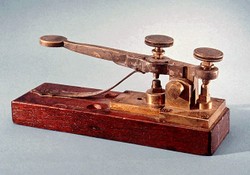
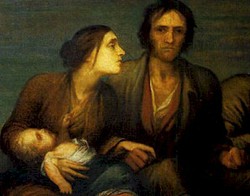
Comments
I've had a life-long love of Mary Shelley, so I'm with you in that fan-club! Yes, perhaps it's time for another re-read of Frankenstein.
What an amazing woman. I'd not really known much about her. I've just read Mary Shelley's Frankenstein ( I thought I knew the story but didn't)- another amazing woman from the same group!
It was her surname too. :) Lord Byron's first name was George, with Noel and Gordon both originating as surnames/titled names. But she was Ada Byron before she was Ada Lovelace, hence naming her son after herself.
I was more shocked that Ada called her daughter Annabella. I thought that she and her mother didn't get on either!
I'm surprised that Ada named her first child Byron. Great story about an extraordinary woman!
I've just named my new computer Ada after her. :) Yes, she was, though I do wonder how much sooner we would have had computing, if people had followed through. The machine wasn't built until long after she'd died.
It's intriguing to imagine what would have happened if it was though. Computing would have come in 1843, close to how we know it, but the internet wouldn't have been decentralized.
Then I'll have to add a few more. :)
You are very welcome. :)
Thanks for a fascinating rebalance of HIS tory
She totally blew their minds; and is still blowing ours. But yes, I can see your point. I might do a follow up article about precisely what she did write.
One of the major issues is that she wrote about programming before people began to create conventions, but I am glad you looked over it